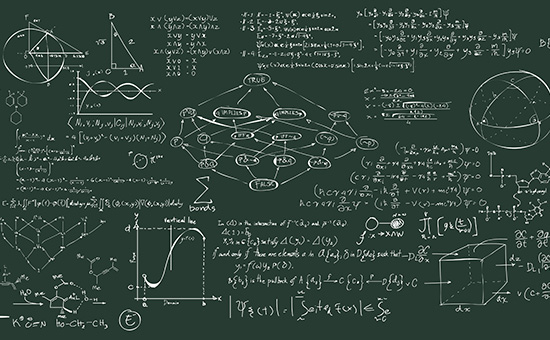
• Introduce the basics of operating an electrical system.
• Describe the organization chosen in Europe to operate, control and ensure the safety of the system.
• Describe the structure of the European markets and their potential operational and strategic impacts.
This course is intended for students, consultants and energy analysts who whish to gain an understanding of the operation of power transmission systems.
Artelys experts in power systems.
Introduction to Power Systems Analysis
• General characteristics of power systems.
• Main components of power systems.
• Power system structure.
Power Flow Analysis
• Basic principle for circuit analysis.
• Power Flow Computation.
• Newton-Raphson method.
Regional Security Analysis
• Power system security.
• Coordinated Security Analysis.
• Line overloads.
• Cascading effects.
• Voltage collapse.
• Preventive/curative remedial actions.
System security
• Major incidents in France and in the world, typology of network collapses.
• Network protection: N-k, preventive and curative actions, defense plan.
Structure of a generation-transmission-consumption network
• Production, merit order principle.
• Use of electrical energy, characterization of consumption.
• Balance between production and consumption, notion of optimal adapted park.
• Need for an electrical network and structuring.
Interaction with the markets
• Energy Only market model and clearing algorithms.
• Structure of the electricity markets.
• Reserve markets, interactions with setting.
• Market couplings and regional security coordination.
Power System Control
• The basis of system control.
• Active power and frequency control: primary, secondary and tertiary control.
• Voltage and reactive power regulation: automatic voltage regulator, on-load regulator, reactive power injection.
• Power transits.
Practical work: Power Flow and security analysis in Python with PowSyBl / France-Spain capacity sizing with Artelys Crystal Super Grid.
2 days

Intéressé par cette formation ? Inscrivez-vous !